Interior design significantly influences our emotions and interactions, particularly in romantic relationships. The way a space is designed can either foster intimacy and connection or create distance.
Thoughtful design choices can create environments that enhance romantic interactions, whether you are sharing your home with a long-term partner or setting the stage for dating experiences, including those with single blonde women you may be getting to know on a dating site.
If you manage to understand the psychology of space, you have the key to creating a home that promotes love and connection. Elements like lighting, color, comfort, and personal touches play crucial roles in shaping a romantic atmosphere. By designing your space in the right way, you can create a sanctuary that not only looks beautiful but also supports and enhances your romantic life, which makes every moment shared with your partner more meaningful.
Cozy and Inviting Atmosphere
A warm and inviting atmosphere is essential for fostering intimacy. Soft lighting, such as dimmable lamps or candles, can create a relaxed ambiance perfect for romantic evenings. Consider using warm colors like soft reds, oranges, and earthy tones, which evoke feelings of warmth and comfort.
With Comfort in Mind
Creating a comfortable space is essential for fostering a romantic environment where you and your partner can relax and enjoy each other’s company. Choosing the right furniture and accessories will transform your home into a cozy retreat. Here are some tips to enhance comfort in your living space:
- Cozy seating: Opt for seating that encourages closeness, such as a loveseat or a large, inviting sofa. These pieces provide the perfect spot for cuddling and intimate conversations.
- Plush cushions and throws: Adding soft cushions and luxurious throws will enhance the comfort and appeal of your seating areas. Choose textures and fabrics that are soft to the touch to create a welcoming atmosphere.
- Ergonomics: Ensure that your furniture is not only stylish but also ergonomic. Comfortable, supportive seating makes a significant difference in how relaxed and at ease you feel in your space.
Personalization of Your Space
Personal touches in your home strengthen the emotional bond between you and your partner. Displaying photos, mementos from shared experiences, and items that reflect your joint interests create a sense of shared history and connection.
If you are not so close, just make sure that the space where you live represents you. Leaving your friend alone for a while in the living room will give them some time to get to know you by checking:
- The pictures on walls and shelves
- The books you read
- Awards you have
- Items you collect
The Importance of Privacy
Privacy is crucial for fostering intimacy. Design your space to include private, quiet areas where you and your partner can retreat from the world. This could be a cozy reading nook, a private balcony, or even a bedroom that feels like a sanctuary.
Functional Spaces
Design your home to include spaces for shared activities and individual interests. A well-organized kitchen will encourage cooking together, while a comfortable entertainment area can make movie nights more enjoyable. Providing space for individual hobbies will also enhance the relationship by respecting personal space and interests.
Nature
Introducing natural elements into your home can foster a calming and nurturing environment for both aesthetic appeal and emotional well-being. Plants, for example, not only purify the air but also add a touch of greenery that makes a space feel more alive and welcoming. Natural light is another crucial element, as it can uplift your mood and create a warm, inviting atmosphere.
Materials like wood and stone add a sense of earthiness and stability, promoting a serene ambiance that benefits your relationship. Additionally, with a small water feature, like a tabletop fountain, there will be the calming sounds of flowing water, which will enhance the peaceful atmosphere at home.
Scents and Sounds
They play powerful roles in creating a romantic atmosphere. Scented candles, essential oils, and fresh flowers make your home smell inviting, while soft music will enhance the mood. Consider integrating these elements into your design to create a multi-sensory experience.
No Clutter
A clutter-free environment reduces stress and makes your home feel more peaceful. Organize your space to keep clutter at bay, using storage solutions that are both functional and aesthetically pleasing. A tidy home creates a more relaxed and harmonious atmosphere, conducive to romance.
Final Say
Thoughtful interior design can significantly enhance your romantic life by creating spaces that foster intimacy, comfort, and connection. By considering the psychological impact of your design choices, you can create a home that not only looks beautiful but also supports a healthy, loving relationship.


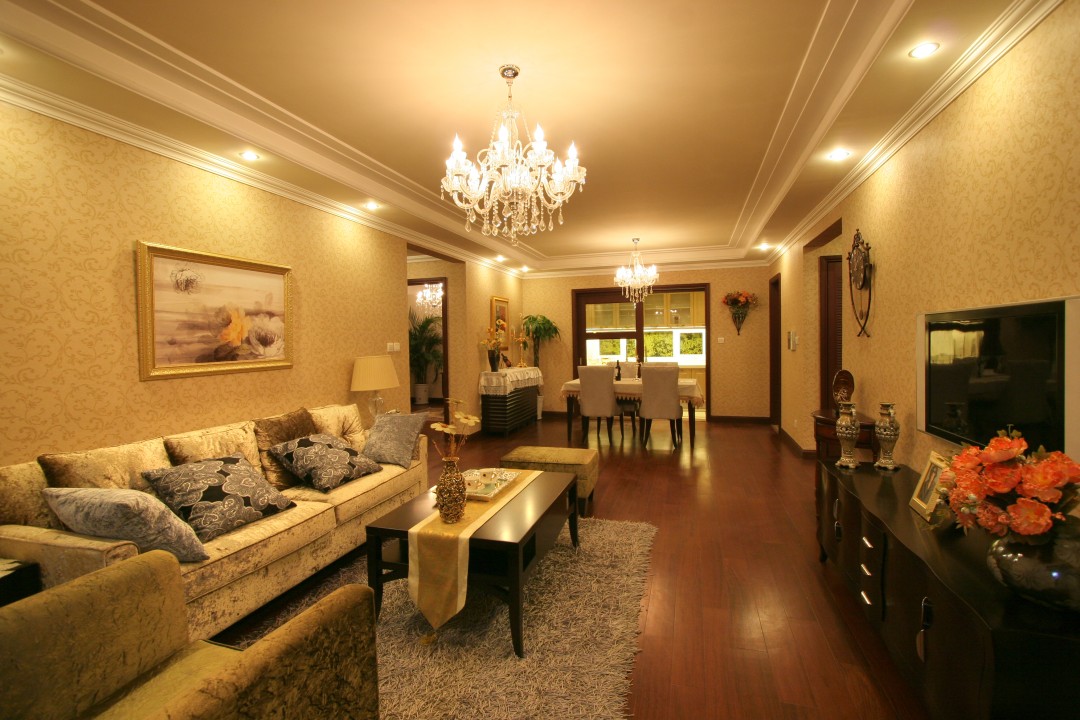


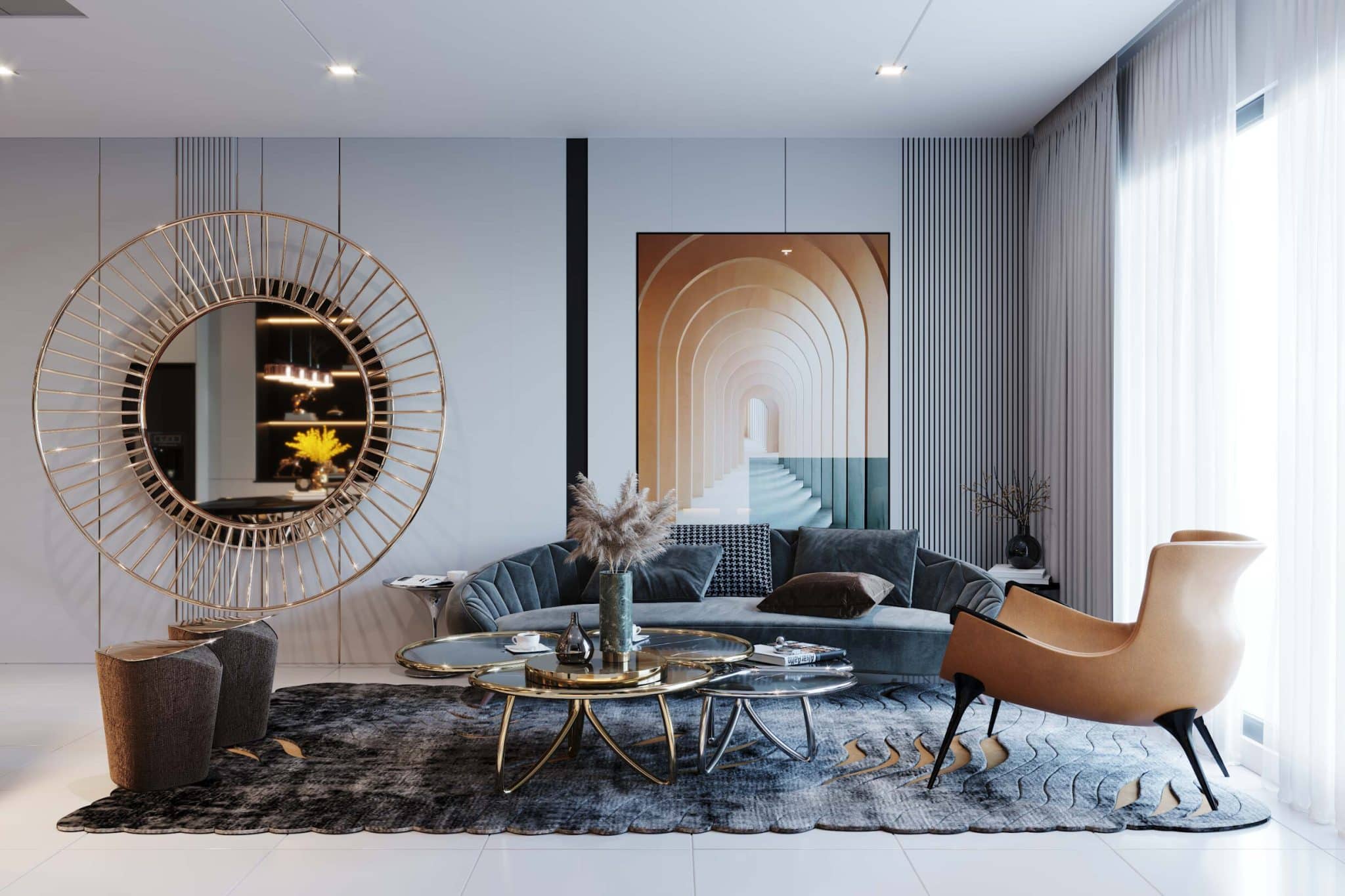
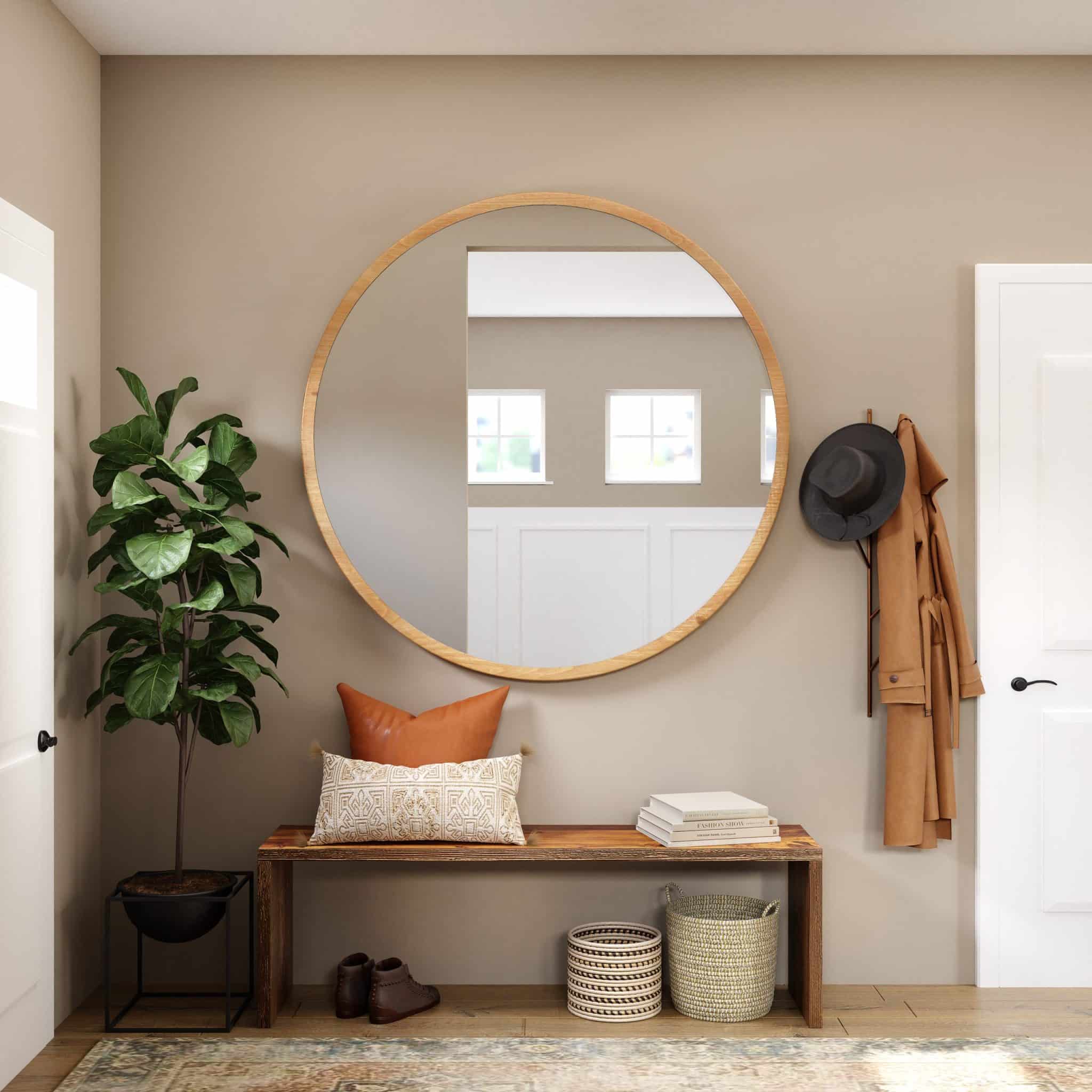
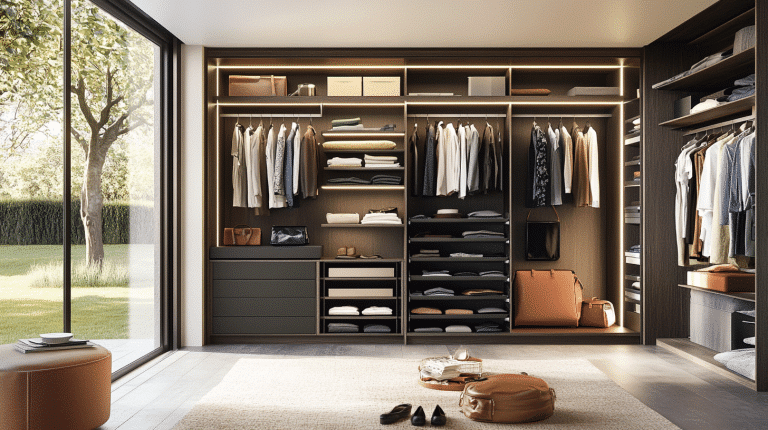

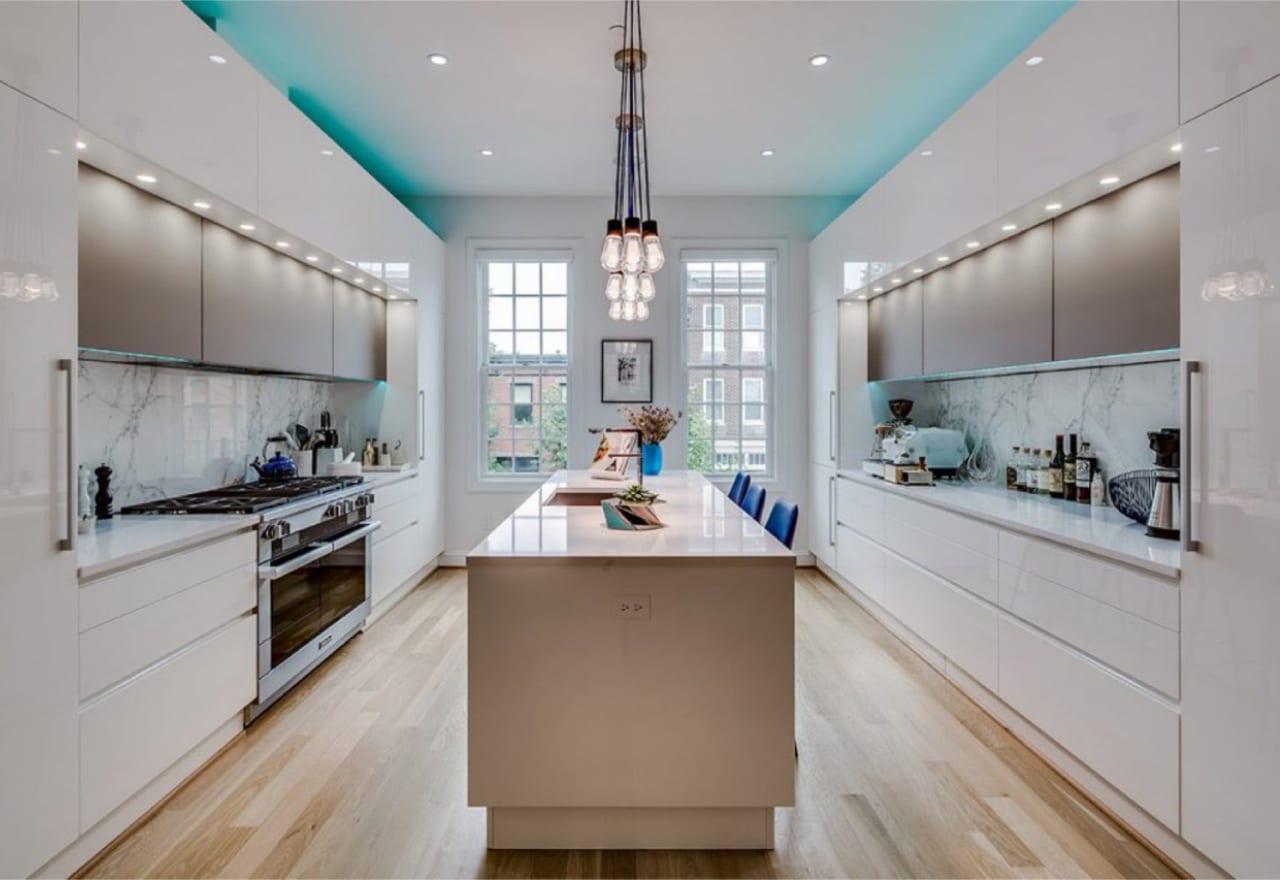
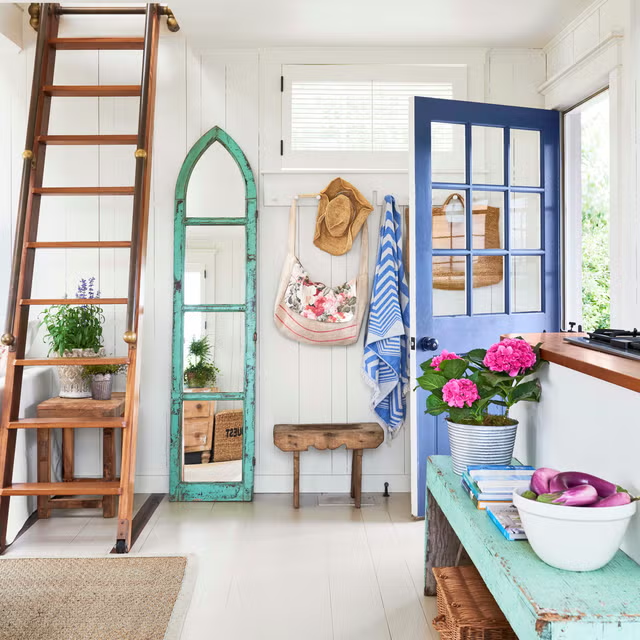


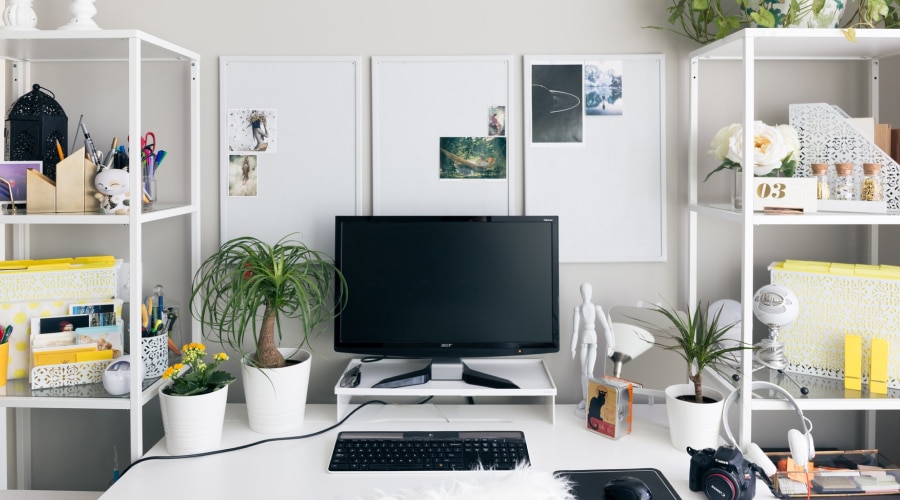
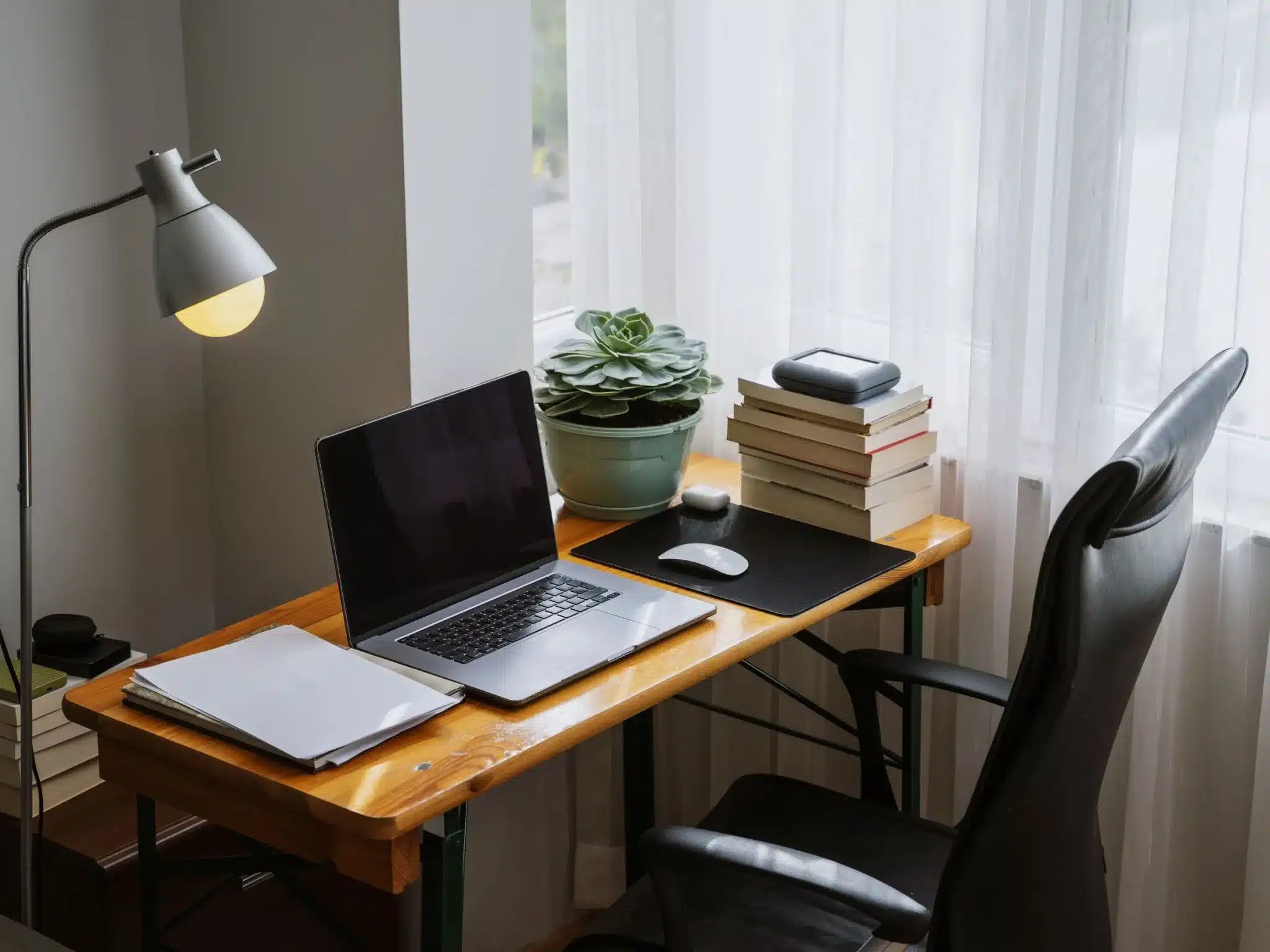





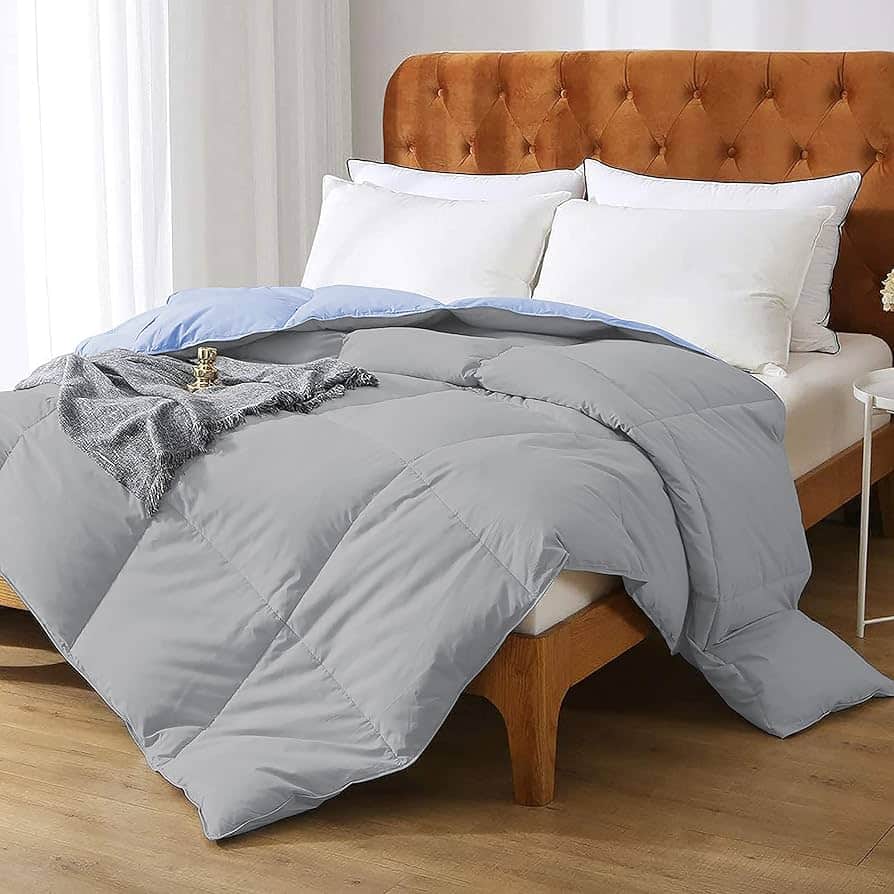
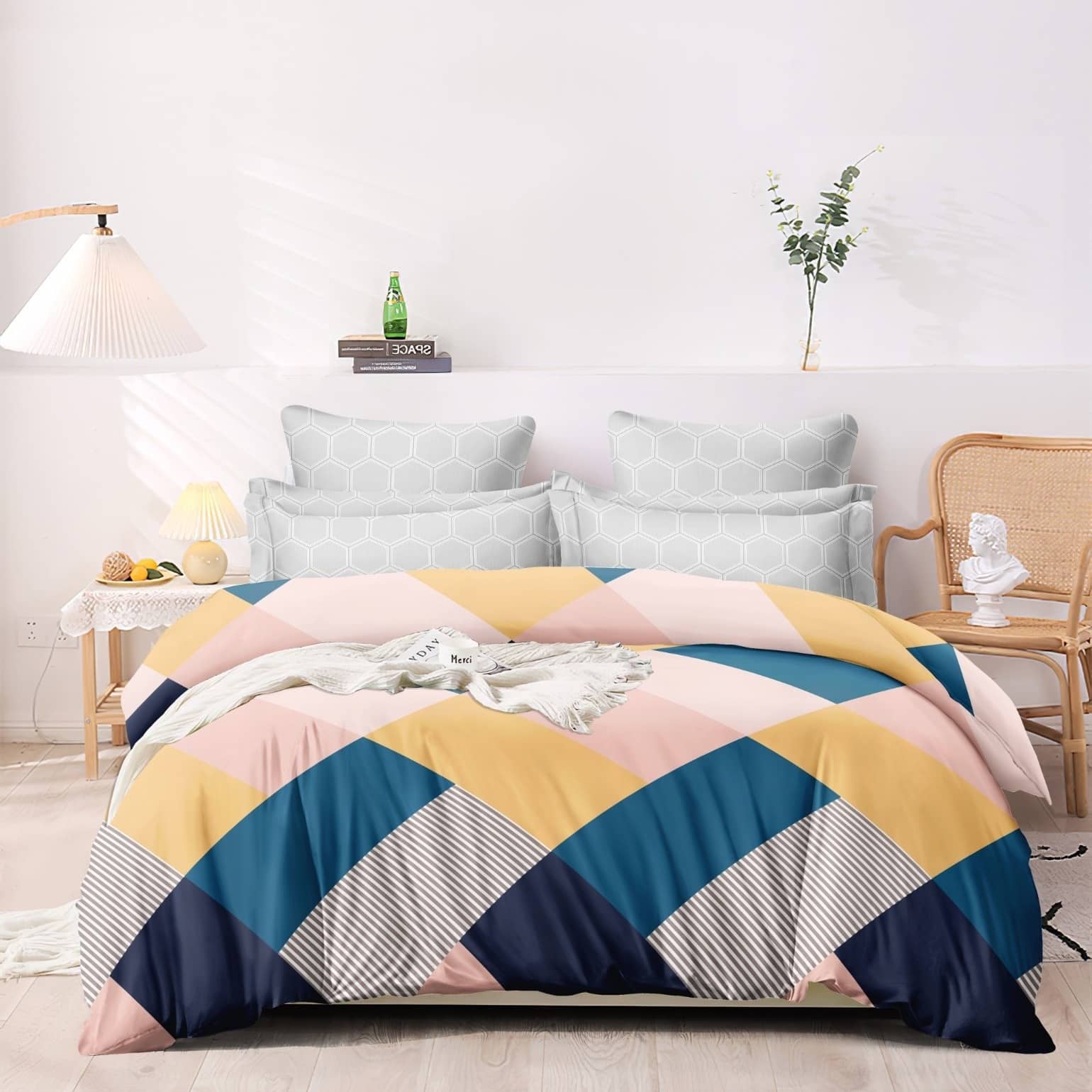
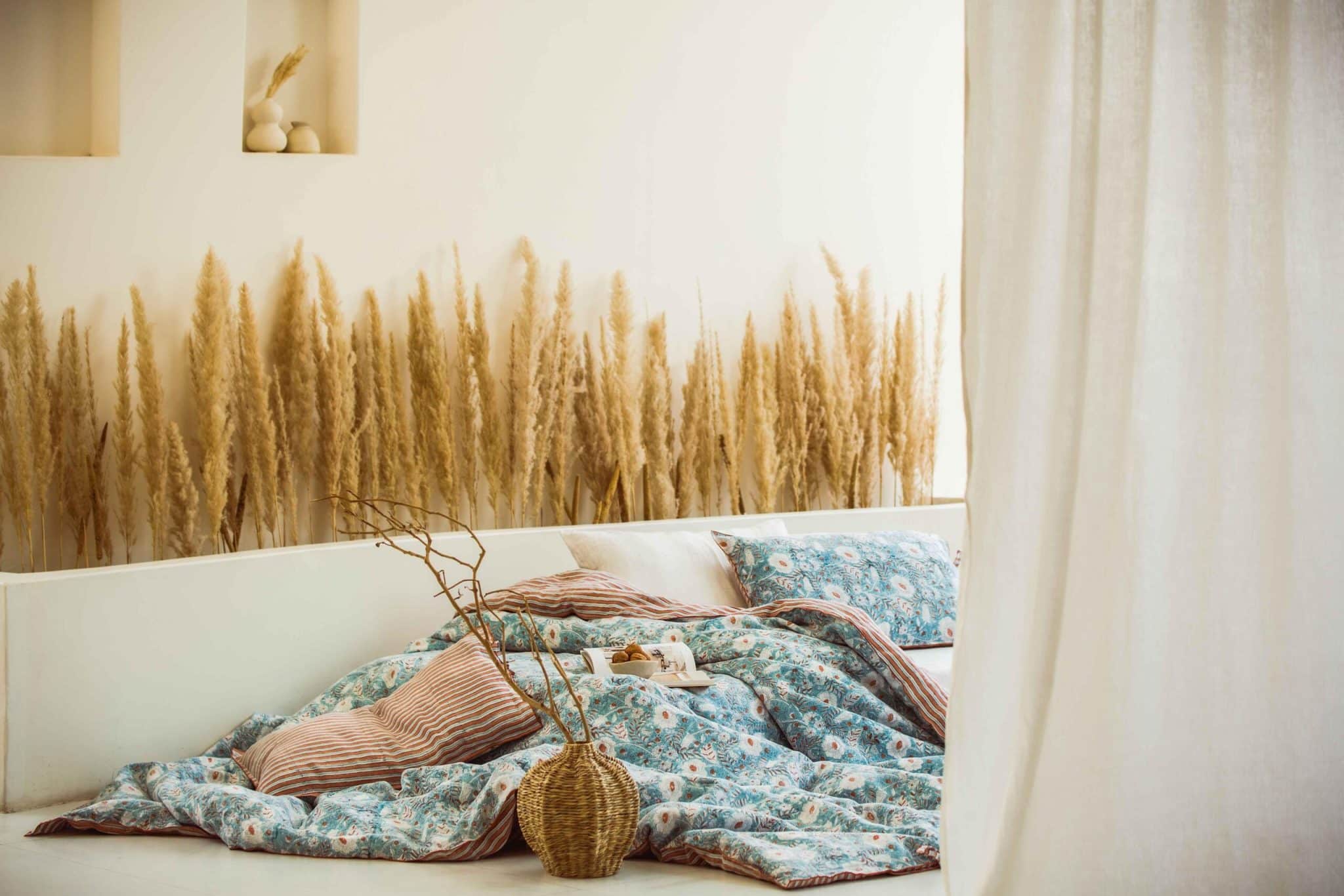


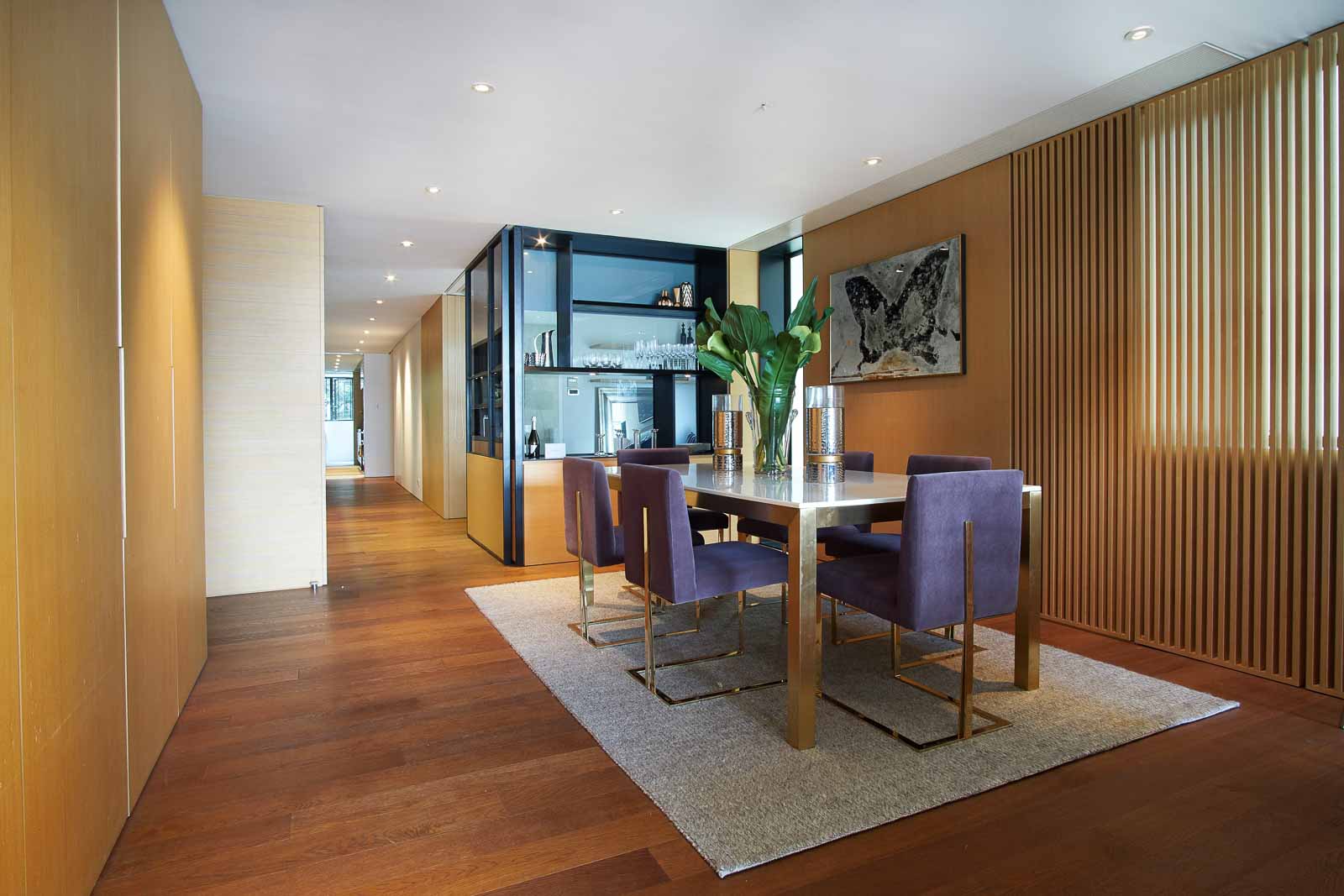
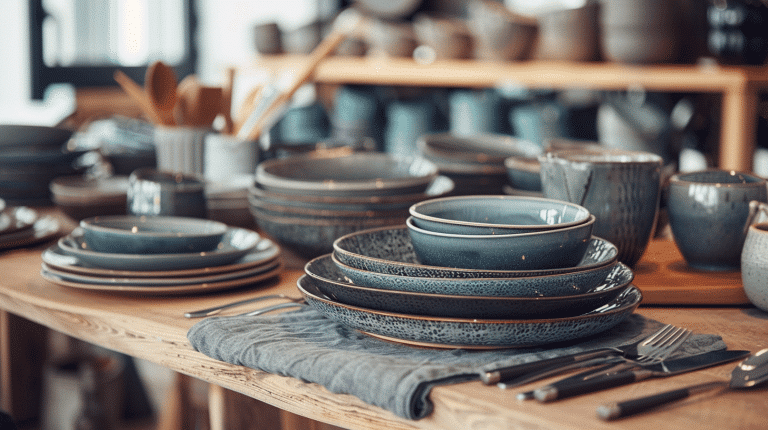

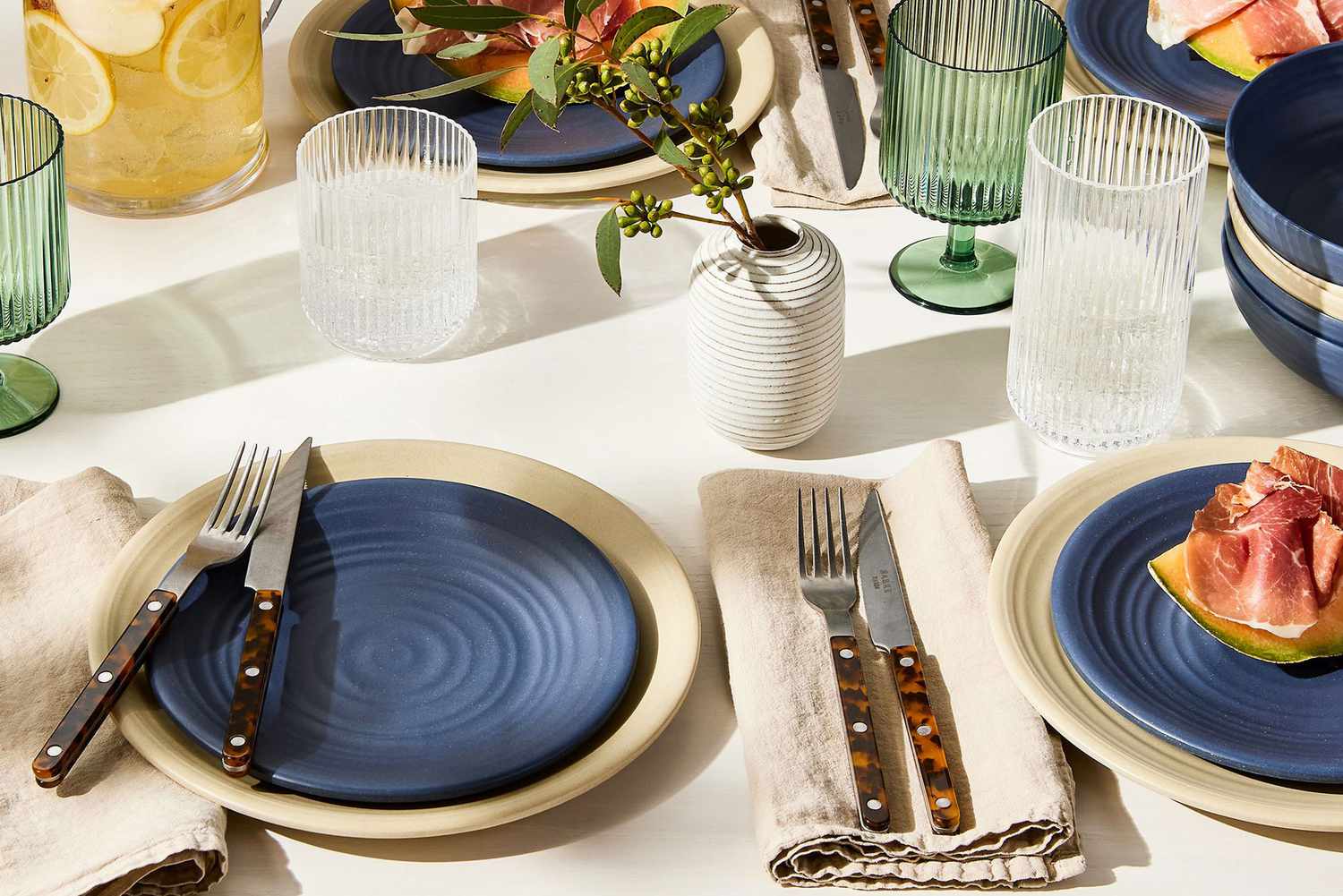


 Start by taking a good look at what you own and decide what you really need.
Start by taking a good look at what you own and decide what you really need.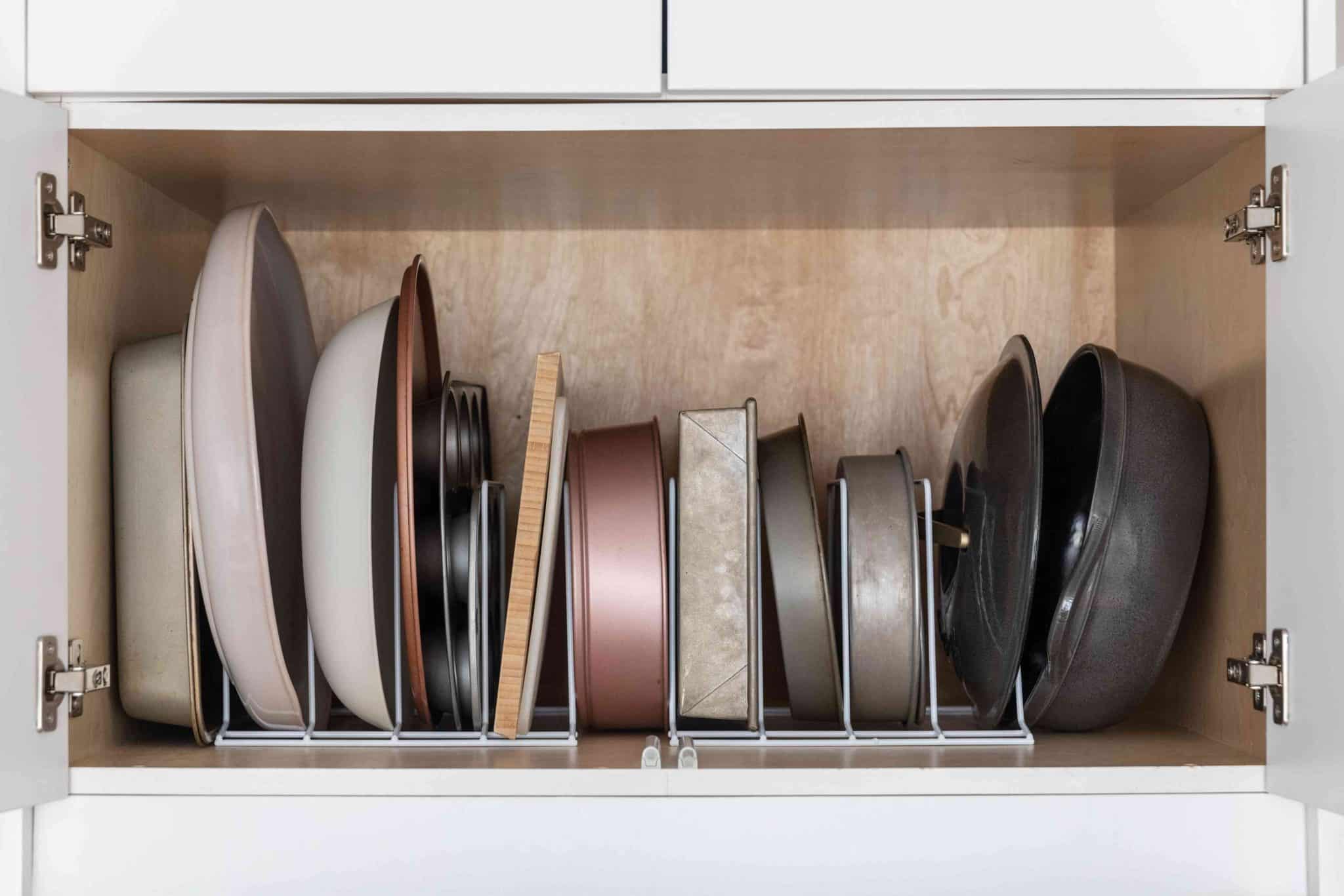 Packing efficiently is very important for a successful move, especially when you’re dealing with limited space. Here are some detailed tips to help you pack smartly:
Packing efficiently is very important for a successful move, especially when you’re dealing with limited space. Here are some detailed tips to help you pack smartly: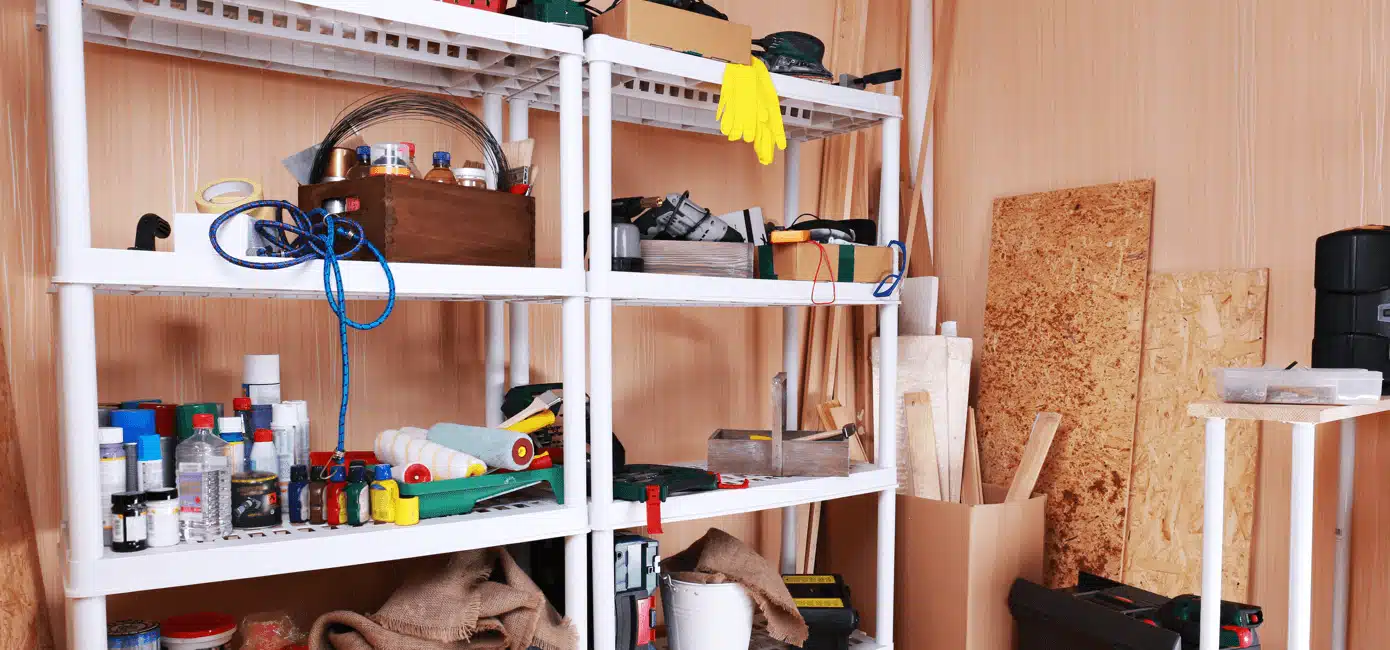 When you arrive at your new home, focus on optimizing storage to make the most of your smaller space.
When you arrive at your new home, focus on optimizing storage to make the most of your smaller space.